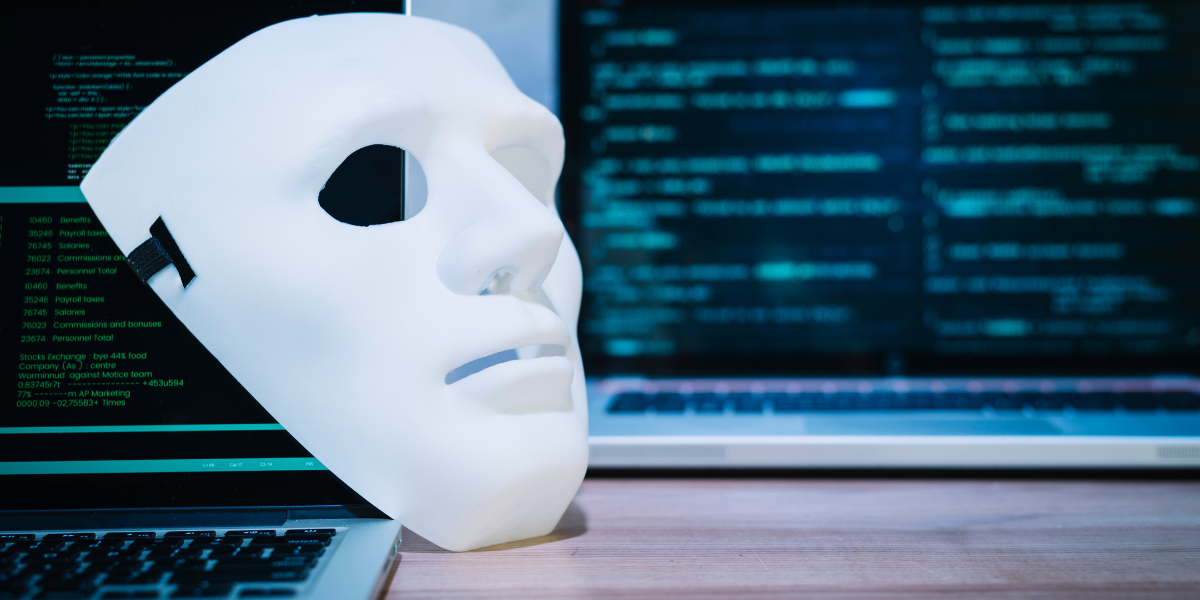
Weaponisation of Deepfakes: Digital Deception
In today’s digital world, where reality and illusion blur, the rise of deepfake technology introduces significant risks. Once applauded for its creative potential, the misuse of this technology now poses serious threats to individuals, businesses, and nations. This article delves into what deepfake technology is, why it matters, how it’s being weaponised, and how you can protect yourself against its dangers.
Deepfakes Explained: Why They Pose a Serious Threat
Imagine watching a video where your favourite actor appears to be endorsing a product, but in reality, it's not them at all. This is the power of deepfakes—synthetic media created using artificial intelligence, where a person in an existing image or video is replaced with someone else's likeness. As deepfake technology advances, it becomes a significant cyber threat, capable of manipulating public opinion, defrauding businesses, and threatening national security. For instance, a deepfake phone call or voice note of a CEO authorising a fraudulent transaction could cost that company millions. Understanding the implications of deepfakes is crucial for both individuals and organisations to defend against these sophisticated forms of digital deception.
The Growing Threat and Weaponisation of Deepfake Technology
Deepfakes create highly convincing fake content, making it increasingly challenging to distinguish truth from fiction, much like a wolf in sheep’s clothing. Cybercriminals are leveraging deepfakes for phishing attacks, stock market manipulation, and spreading disinformation. For instance, a deepfake audio clip of a politician making controversial statements could sway public opinion and impact election results. This ability to produce realistic but false content erodes trust in digital media, posing severe risks to personal and business security.
The synthetic nature of deepfakes makes them a potent tool for cyber espionage and targeted attacks against individuals, corporations, and governments.
The Dark Side of Deepfakes: Misinformation, Scams, and Identity Theft
- Misinformation: Cybercriminals exploit deepfakes to spread fake news and propaganda. With social media's rapid spread, this misinformation can reach millions in no time.
- Monetisation Opportunities: Consider how someone might use deepfakes to scam or extort money. From fake investment tips to blackmail, the financial risks are huge.
- Identity Theft: Have you ever posted a selfie online? Cybercriminals can use those images to create deepfakes, leading to identity theft and privacy violations.
- Weaponised Misinformation: Rogue nations use deepfakes to sway public opinion, influence elections, and create discord. Imagine a video of a political leader saying something they never did, and how it could alter voters' perceptions.
The different types of deepfakes:
- Face-Swapping: This replaces one person’s face in an image or video with another’s by using advanced machine learning to blend the target face into the source video. While this may be fun for movie effects or humour, it is also used for fake celebrity videos and misinformation.
- Audio Deepfakes: These mimic someone’s speech to create sentences they never said by using AI models to imitate speech patterns and generate synthetic audio. While they enhance digital assistants, they can also be used for fraud or identity theft.
- Lip-Syncing: This modifies lip movements in a video to match a different audio track by editing the mouth region to sync with the audio. While useful for movie dubbing or creating avatars, it is risky for impersonating public figures.
- Puppet-Master: This animates a target person based on another's facial expressions and gestures, where the "puppet’s" movements follow the "master’s" actions. While ideal for realistic animations, it can create misleading videos.
Deepfakes, powered by sophisticated AI, pose significant risks. Here are some dangers:
- Fraudulent Schemes: Fake video calls from your boss asking for sensitive information can lead to financial losses and reputational damage.
- Biometric Manipulation: Tricking facial recognition systems can result in unauthorized access and identity theft.
- Explicit Content Creation: Pornographic videos with a face that looks like yours can lead to revenge porn and emotional distress.
- Political Manipulation: Fake videos of politicians saying inflammatory things can result in misinformation and destabilisation.
- Social Engineering Tactics: Fake calls from family members asking for money can lead to phishing attacks and blackmail.
Tips to Stay Safe from Deepfakes
To guard against deepfake threats, follow these best practices:
- Educate and train employees: Ensure your team is aware of deepfake threats and can recognise suspicious content. Investing in cybersecurity awareness training is the best way to combat cyber threats. This strategy can significantly help employees stay safe and protect the company’s systems from harm.
- Verify information sources: Always check the authenticity of information, especially if it seems unusual or unexpected. Think of it as fact-checking in the age of digital deception.
- Use verification tools: Employ deepfake detection tools and software to analyse and verify digital content. It's like having a digital detective on your team.
- Implement strong security protocols: Adopt robust cybersecurity measures to protect sensitive information from being exploited in deepfake scams. A common misconception is that many believe antivirus software provides sufficient protection; however, businesses need to have more robust security measures in place.
- Stay informed: Keep up to date with the latest developments in deepfake technology and cybersecurity trends.
| Staying informed is like having a map of the evolving landscape of digital threats. Subscribe to our monthly newsletter to receive the latest updates directly to your inbox! |
The weaponisation of deepfakes is a significant and growing threat in the digital age. By understanding these risks and applying best practices, individuals and businesses can better protect themselves from digital deception. Remember, educating yourself and your team, verifying information, using detection tools, and adopting strong security protocols are key takeaways.
